Understanding Oxygen Saturation | CMI Health
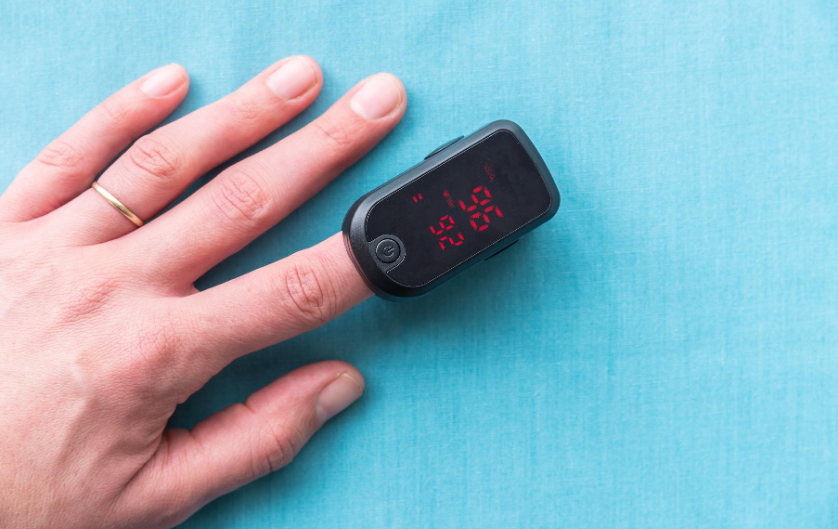
Breathing is a natural, living instinct that allows us to pull oxygen from the environment around us into our lungs. While many of us don’t pay it much thought, this simple action is essential to our survival—as oxygen is necessary to burn sugars and produce energy. When we inhale, oxygen is absorbed by red blood cells and transported to all different areas of the body. However, the effect that this oxygen can have is dependent on a person’s current oxygen saturation and how well they retain this vital chemical. Gain an understanding of oxygen saturation, how it’s measured, and what it can mean for your health.
Oxygen Saturation Defined
Oxygen saturation, or SpO2, is the percentage measurement of how much oxygen a person’s hemoglobin (red blood cells) are carrying at a given time. This helps medical professionals more accurately identify the amount of oxygen that is getting to all your essential organs. The lower this percentage is, the less oxygen your body is receiving as a whole. In dangerously low quantities, you’re at risk of developing conditions such as hypoxia and hypoxemia.
Measuring Your Own Oxygen Saturation Levels
When healthcare workers periodically measure a patient’s SpO2 levels, they have several different ways of doing so. From drawing blood and doing tests to using hospital-grade pulse oximeters, healthcare workers can record oxygen saturation as long as they can count the hemoglobin. However, advancements in medical technology now allow us to bring these devices home with us and track how much oxygen is in our systems at any point during our day.
Portable pulse oximeters work by scanning our tissues with light sensors and taking note of both the hemoglobin carrying oxygen and the cells that aren’t. Because oxygen-infused cells are often darker than the others, they are distinguishable using sensitive light-based equipment. This measurement allows the machine to calculate a percentage that demonstrates the amount of oxygen in your blood.
Healthy and Unhealthy Saturation Readings
To truly acquire an understanding of oxygen saturation, it’s not enough to know how SpO2 measurements work. You should also be aware of what constitutes both healthy and unhealthy readings. A normal oxygen saturation for the average, healthy adult is 98 or 99 percent. Those who suffer from blood disorders or respiratory illnesses may register a bit lower. However, they’re still within the normal range at 95 percent or higher. Should readings drop below 95 percent, you should reach out to your healthcare professional for immediate attention.
At CMI Health Inc., we want to ensure that everyone has access to the tools they need to effectively monitor their health. Our oxygen monitoring devices are lightweight, compact, and easy to store whether you are on-the-go or in your own home.
As such, they allow you to stay informed of your current oxygen saturation at any time throughout the day so that you’ll know when you should seek medical attention.
Browse our entire collection of health monitoring devices here.
References:
- Home Care Magazine: Understanding Sp02 and Normal Oxygen Levels
- National Center for Biotechnology Information: Oxygen Saturation
- Healthline: Normal Blood Oxygen Levels




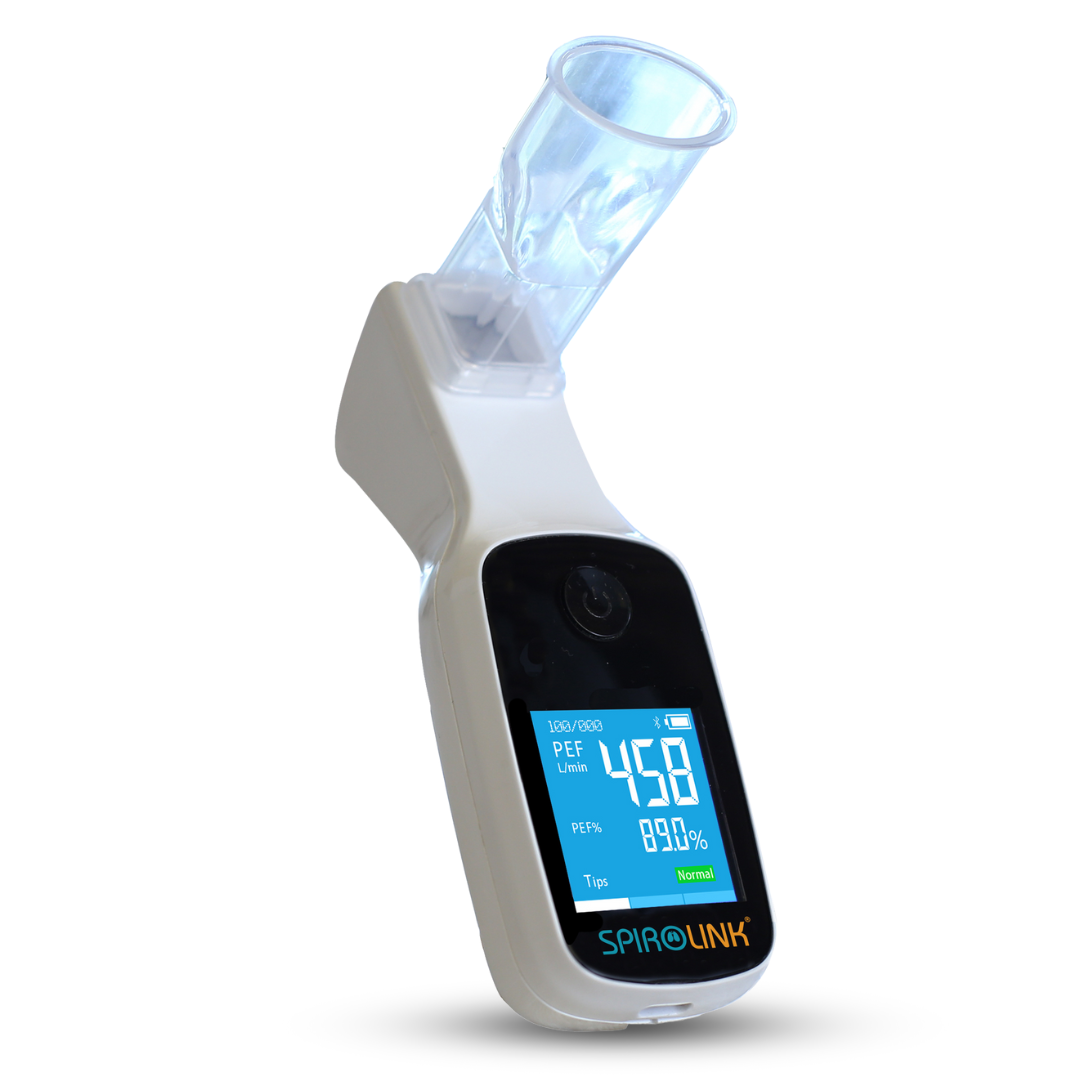
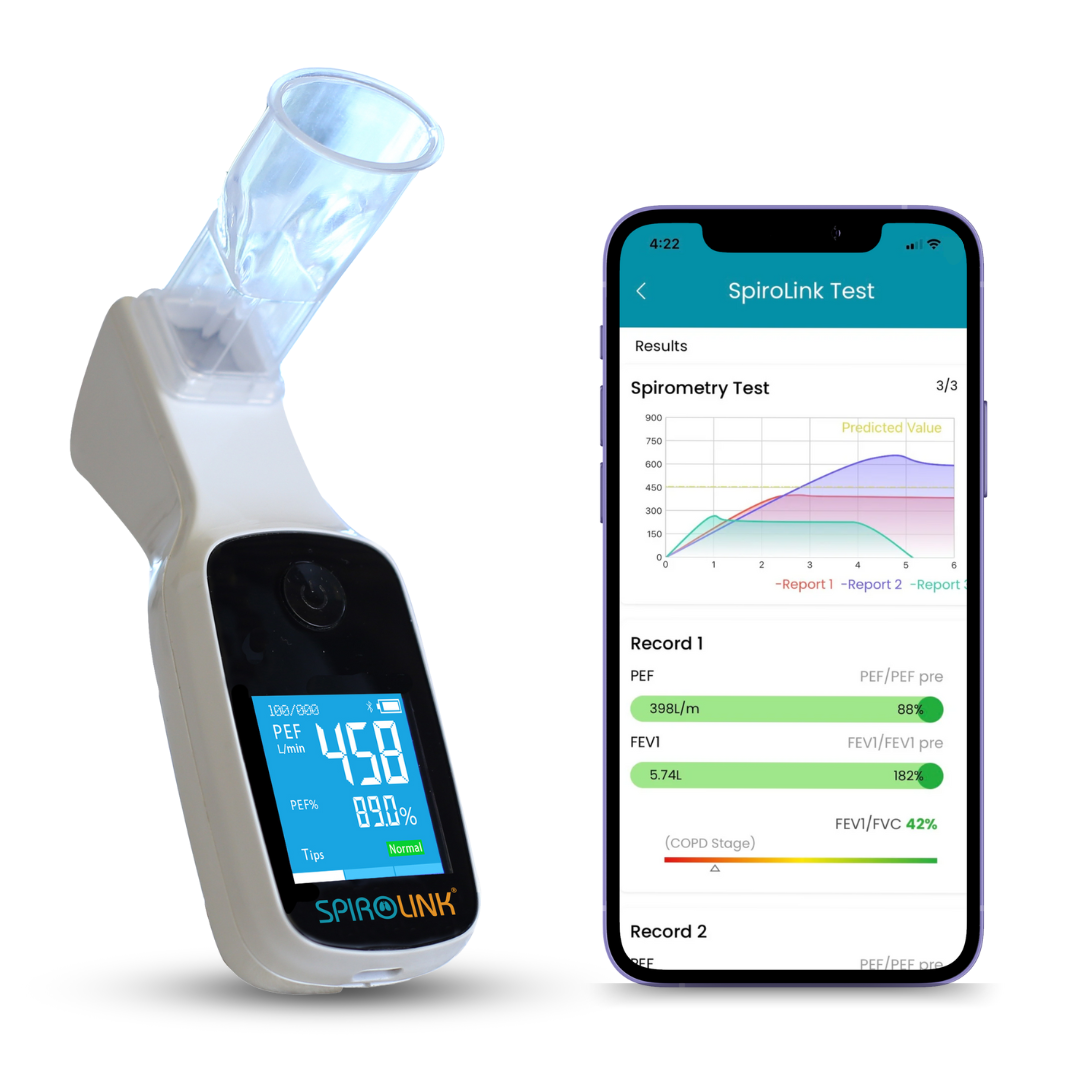
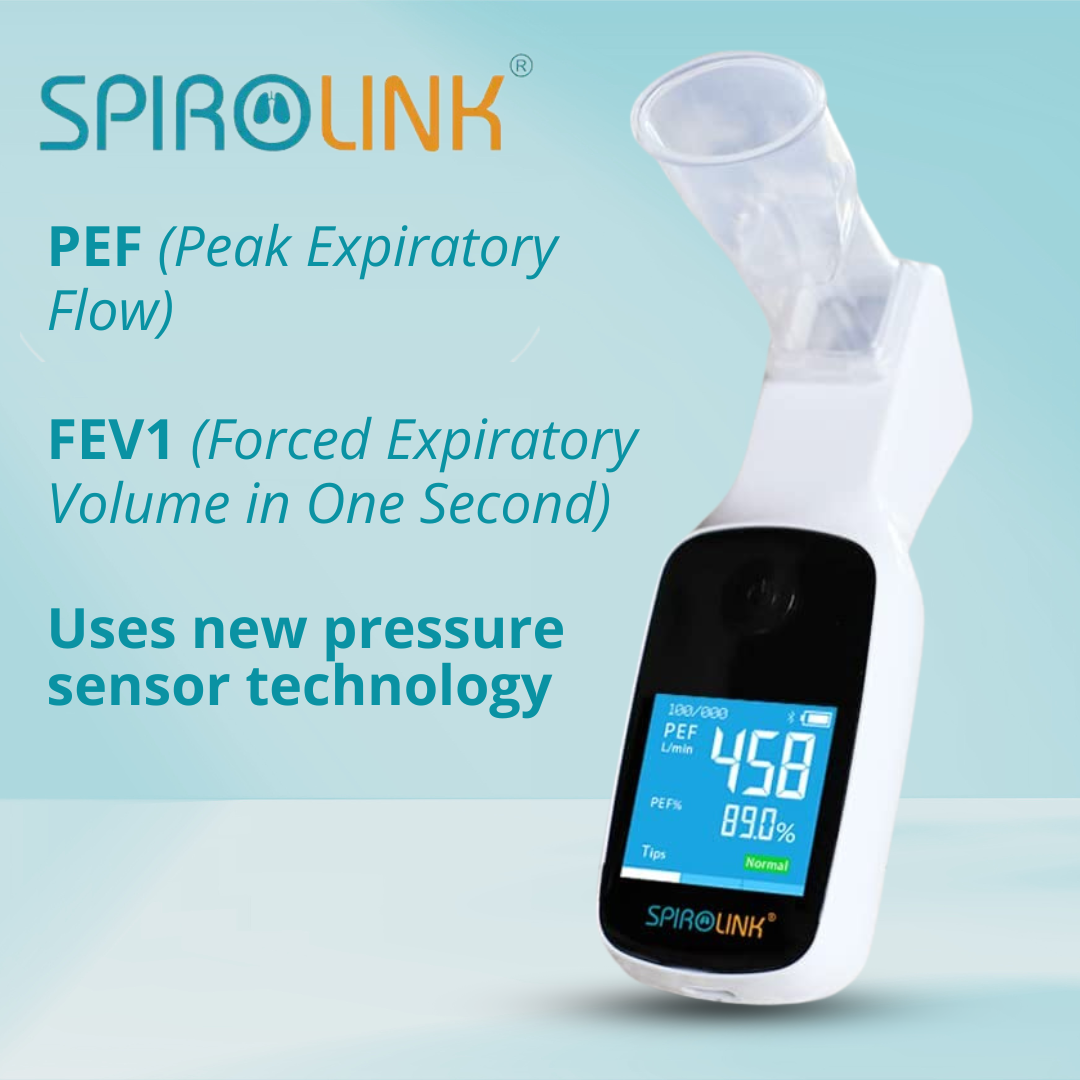

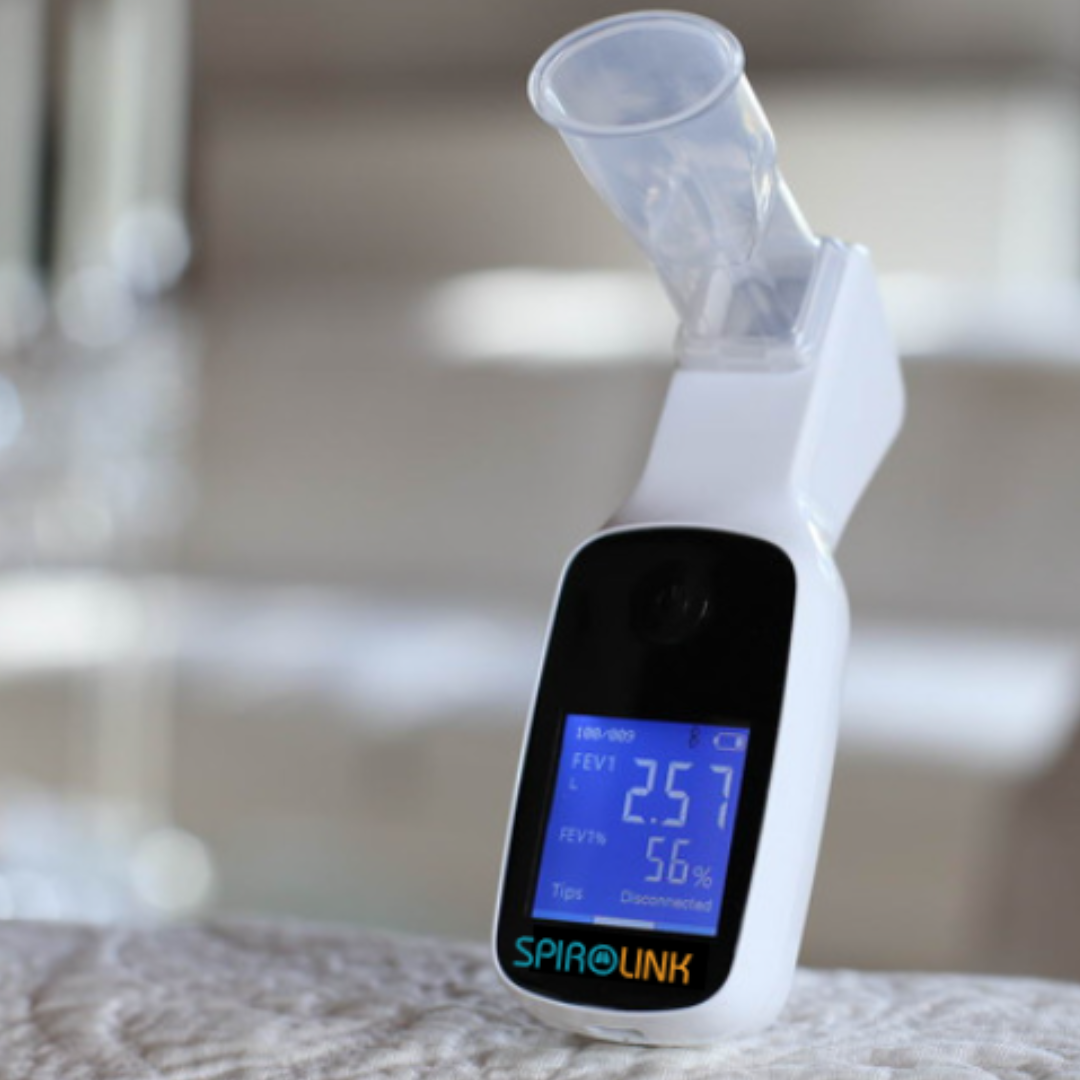
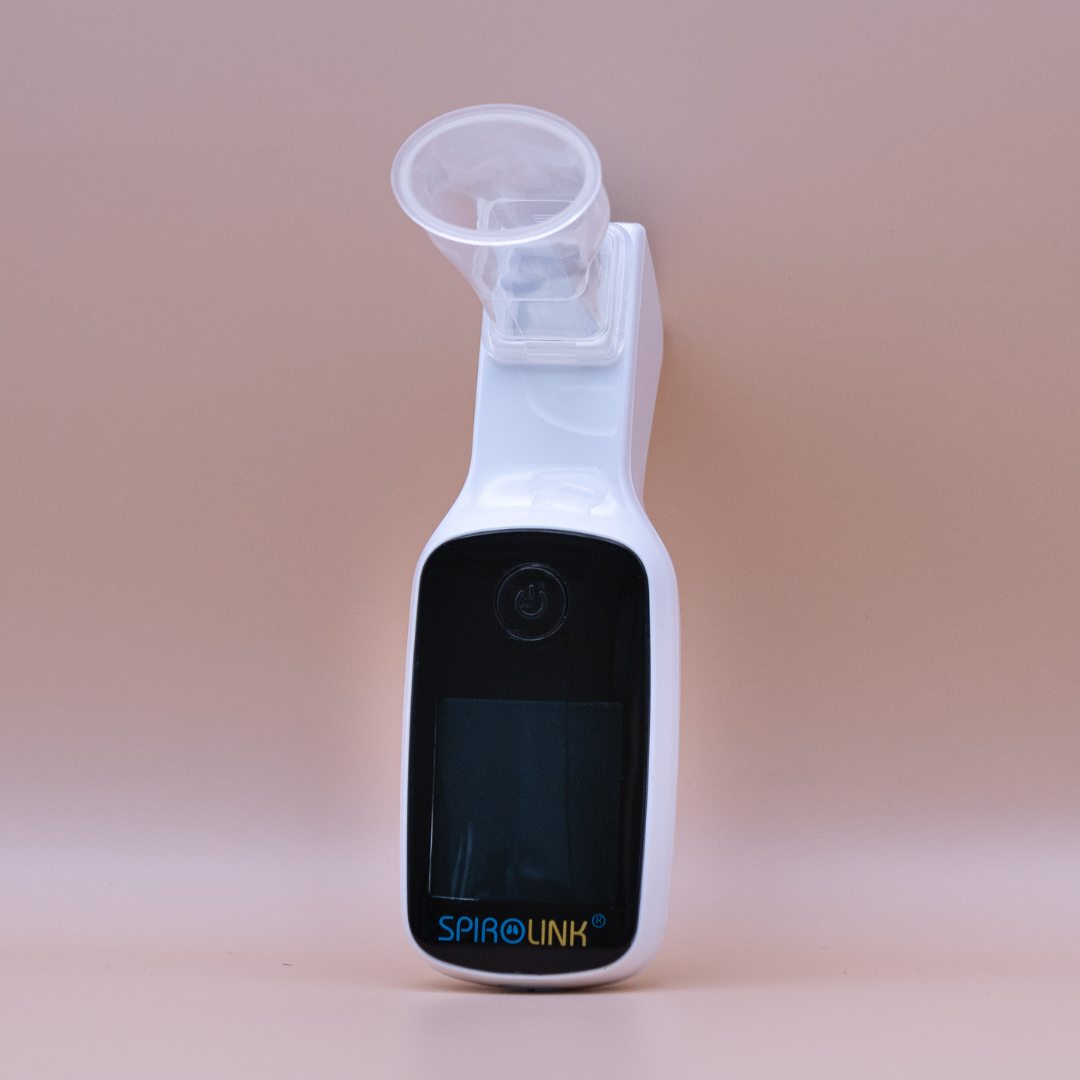

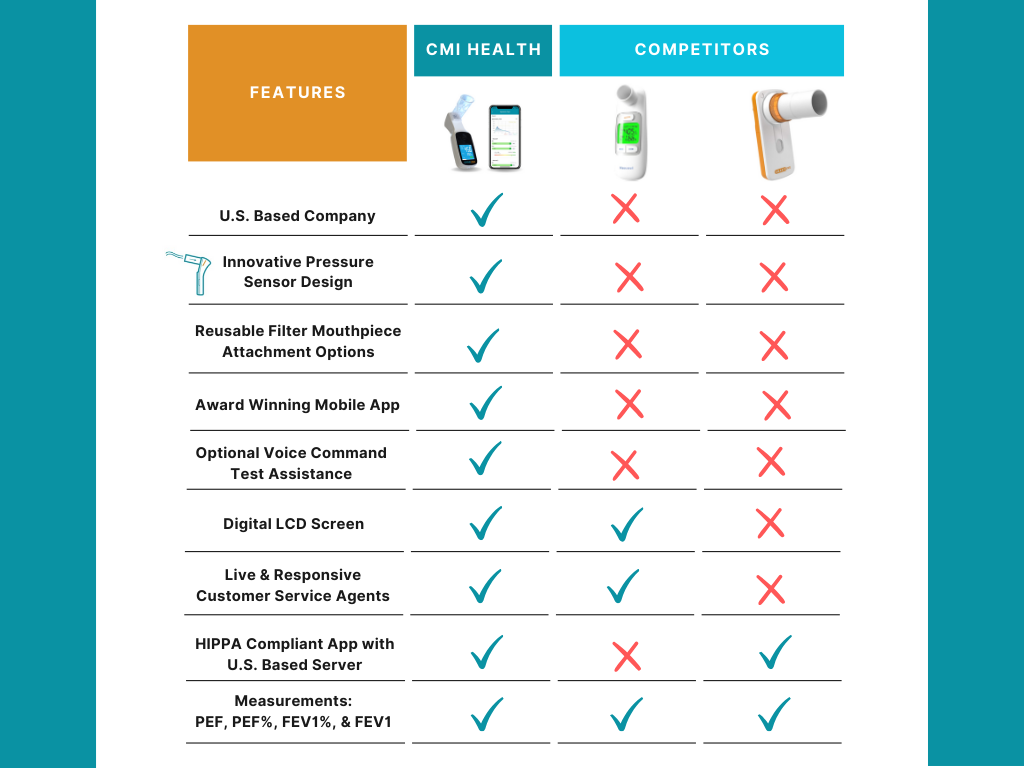
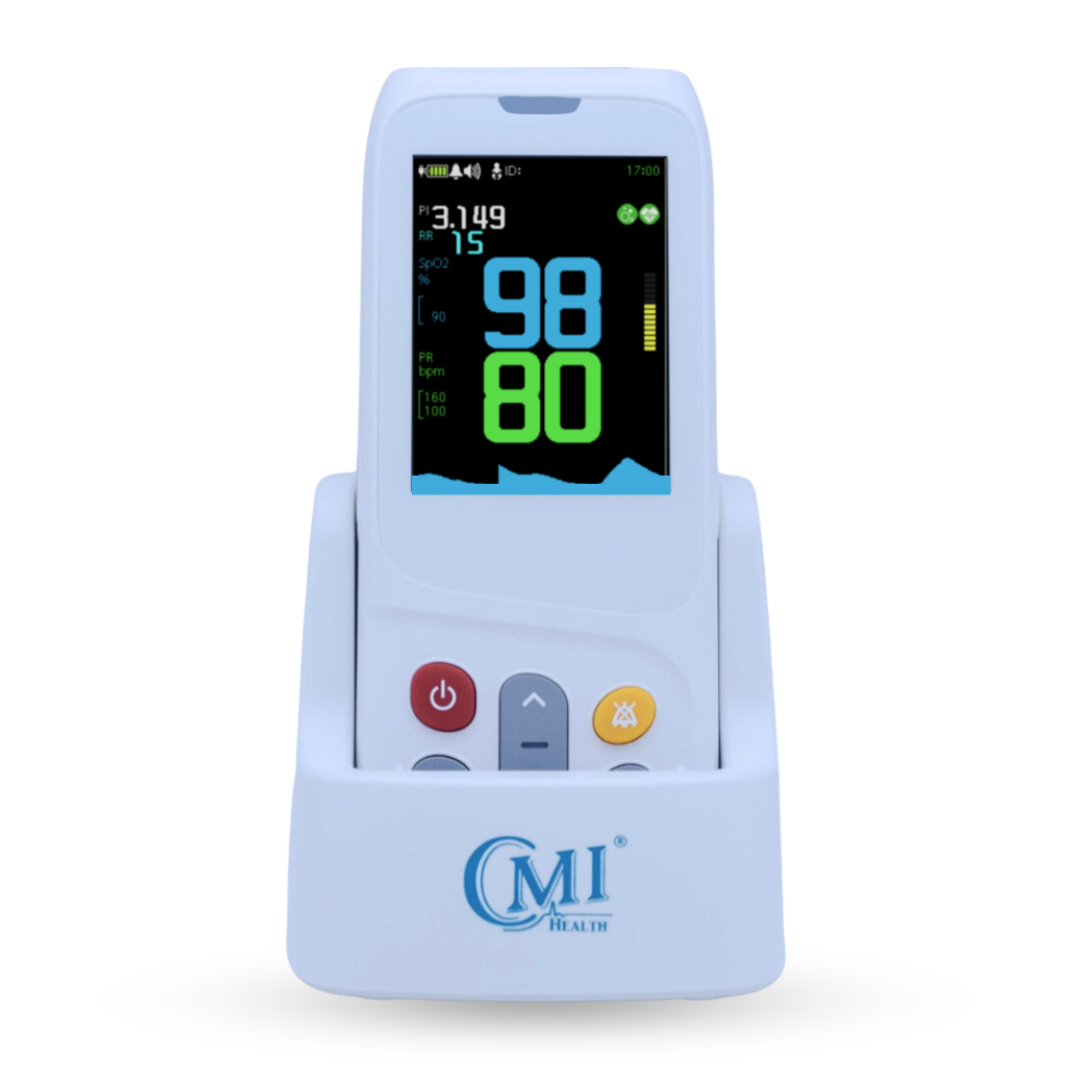
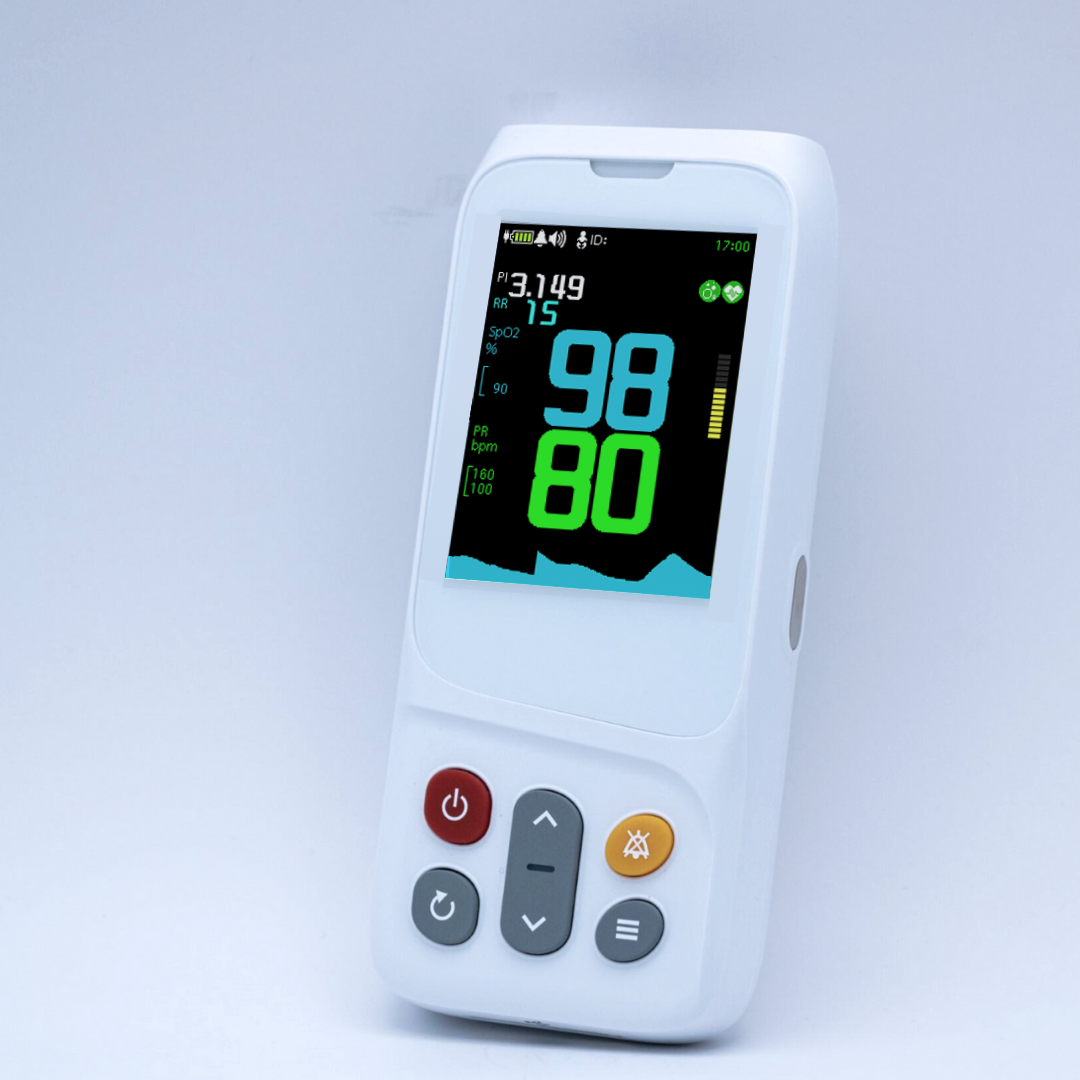
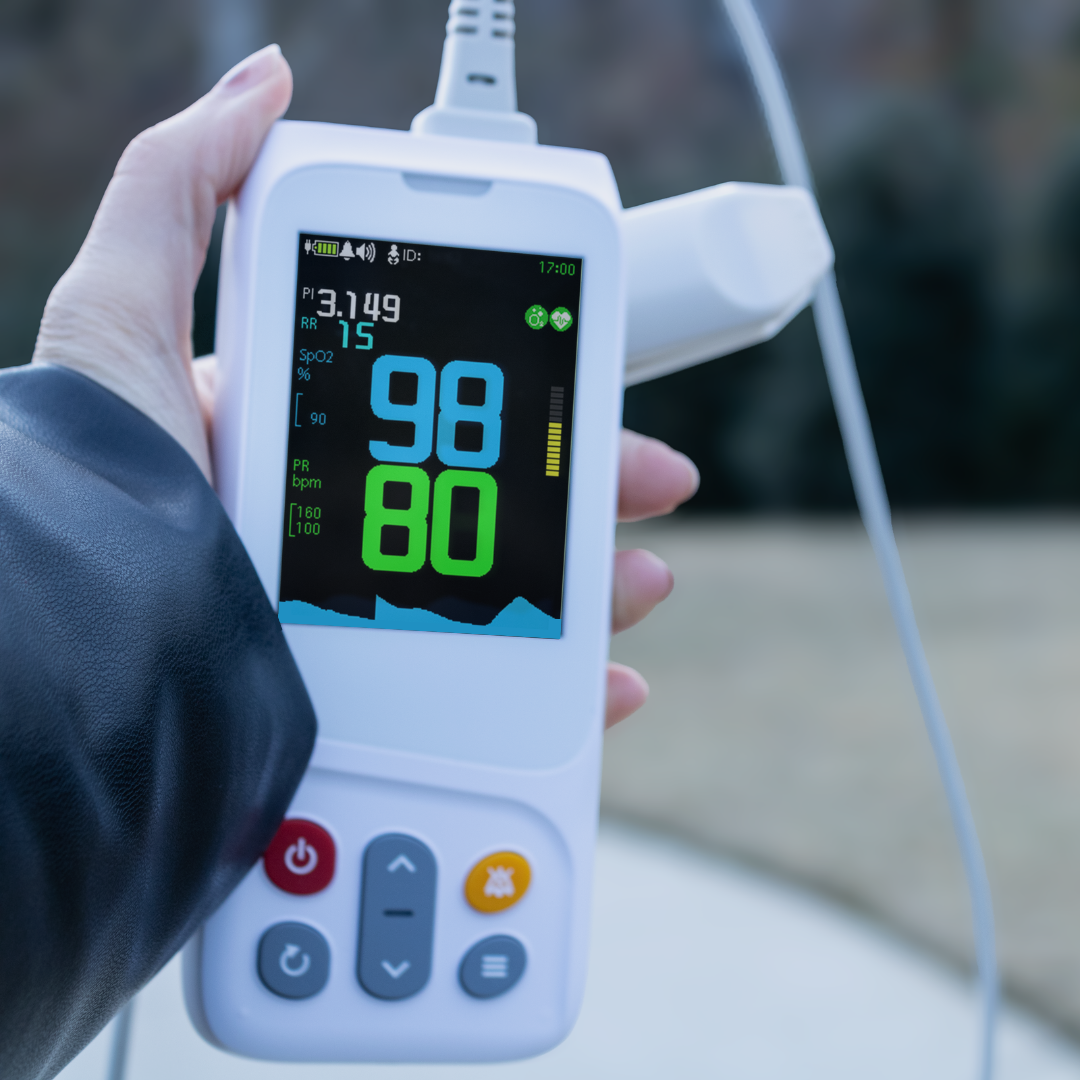
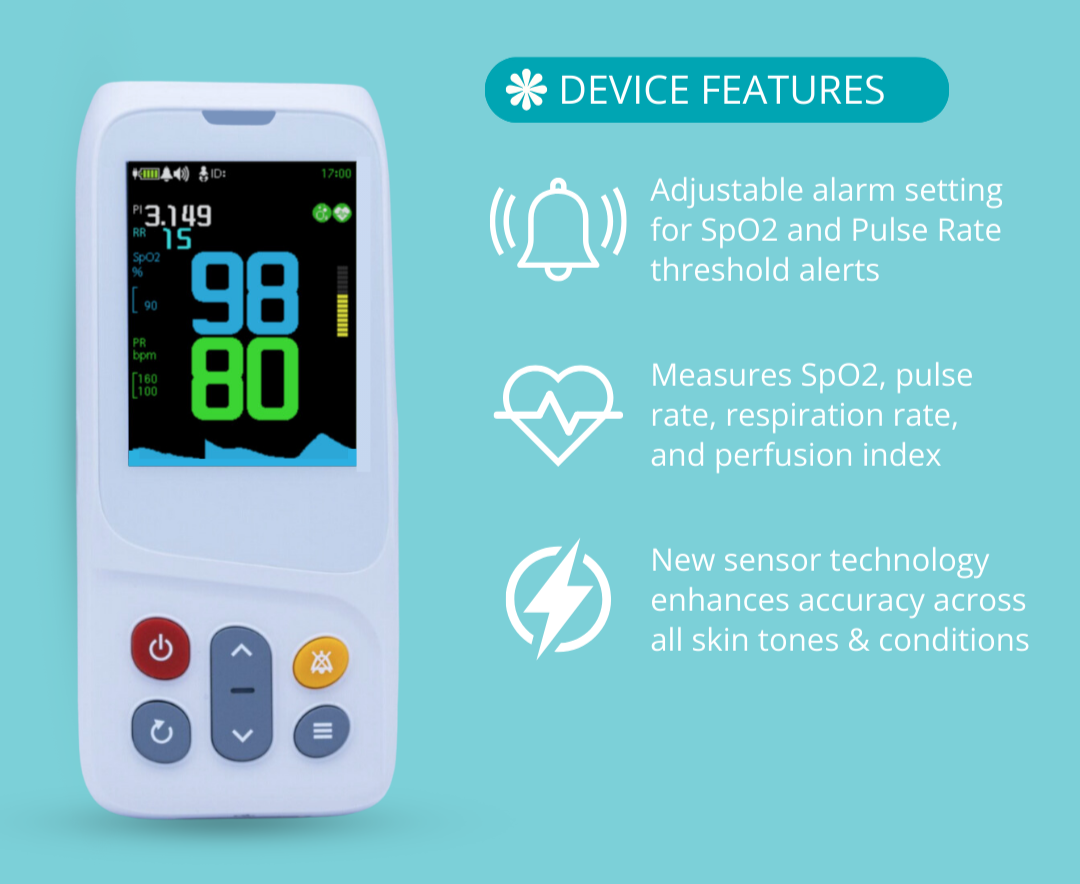
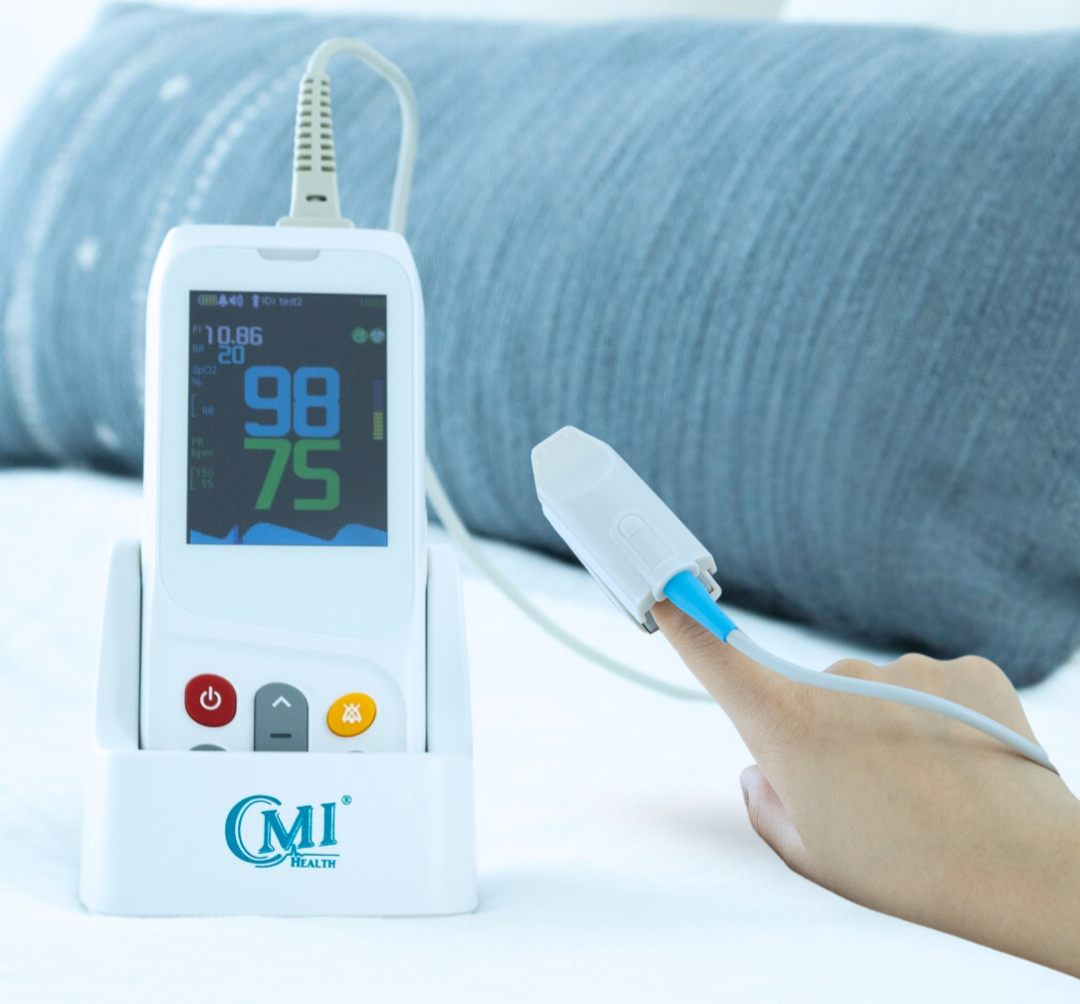
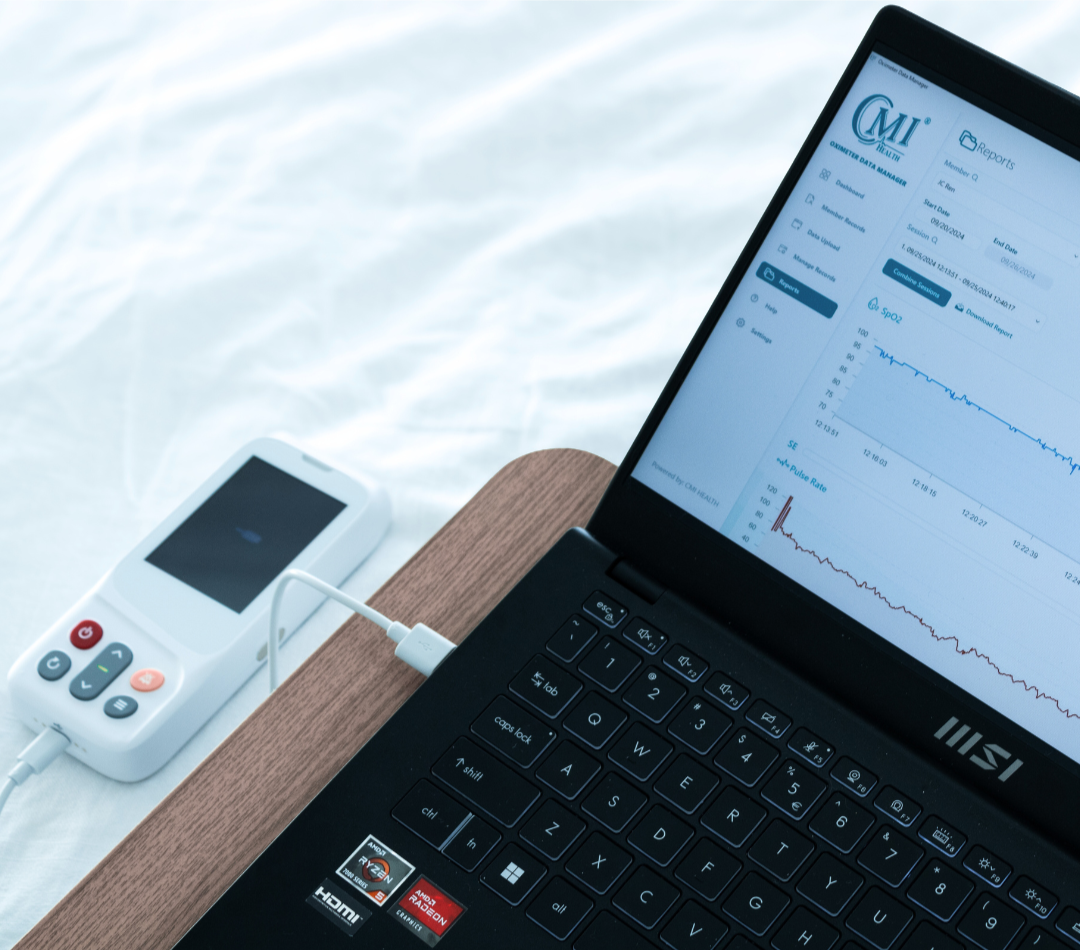
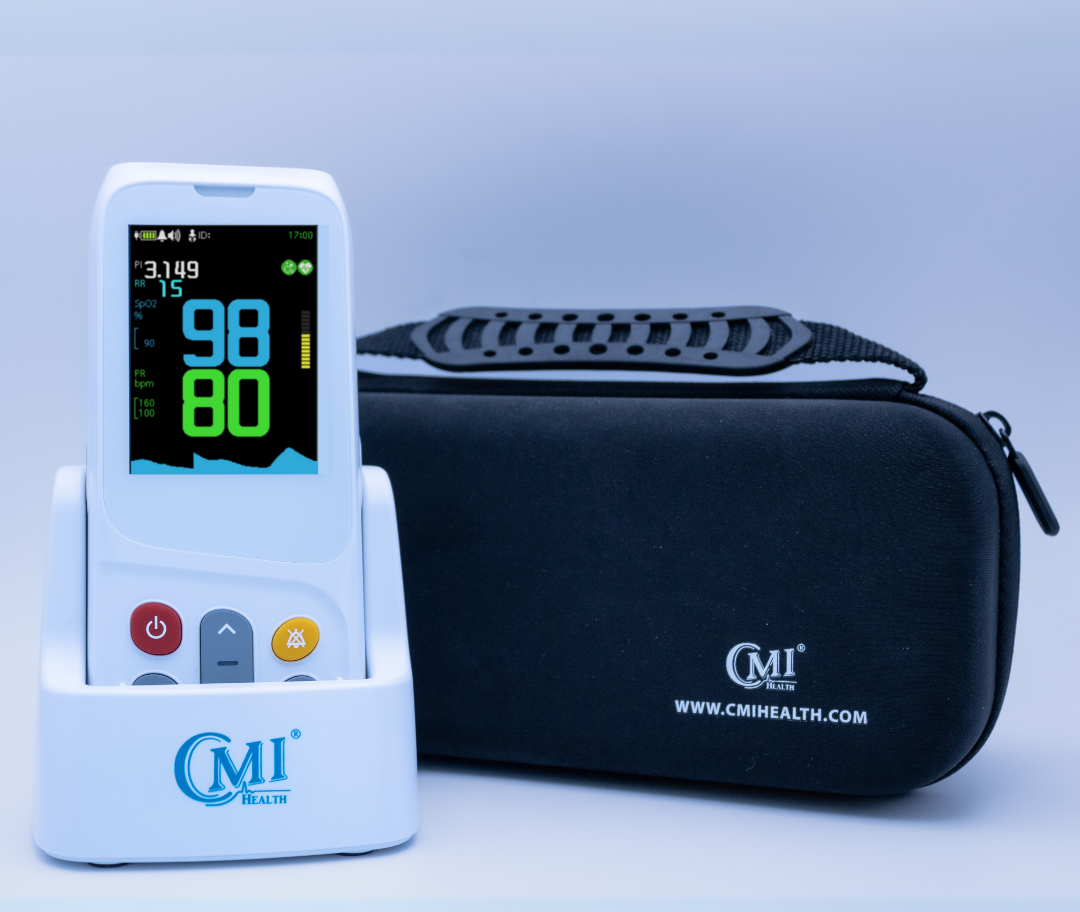
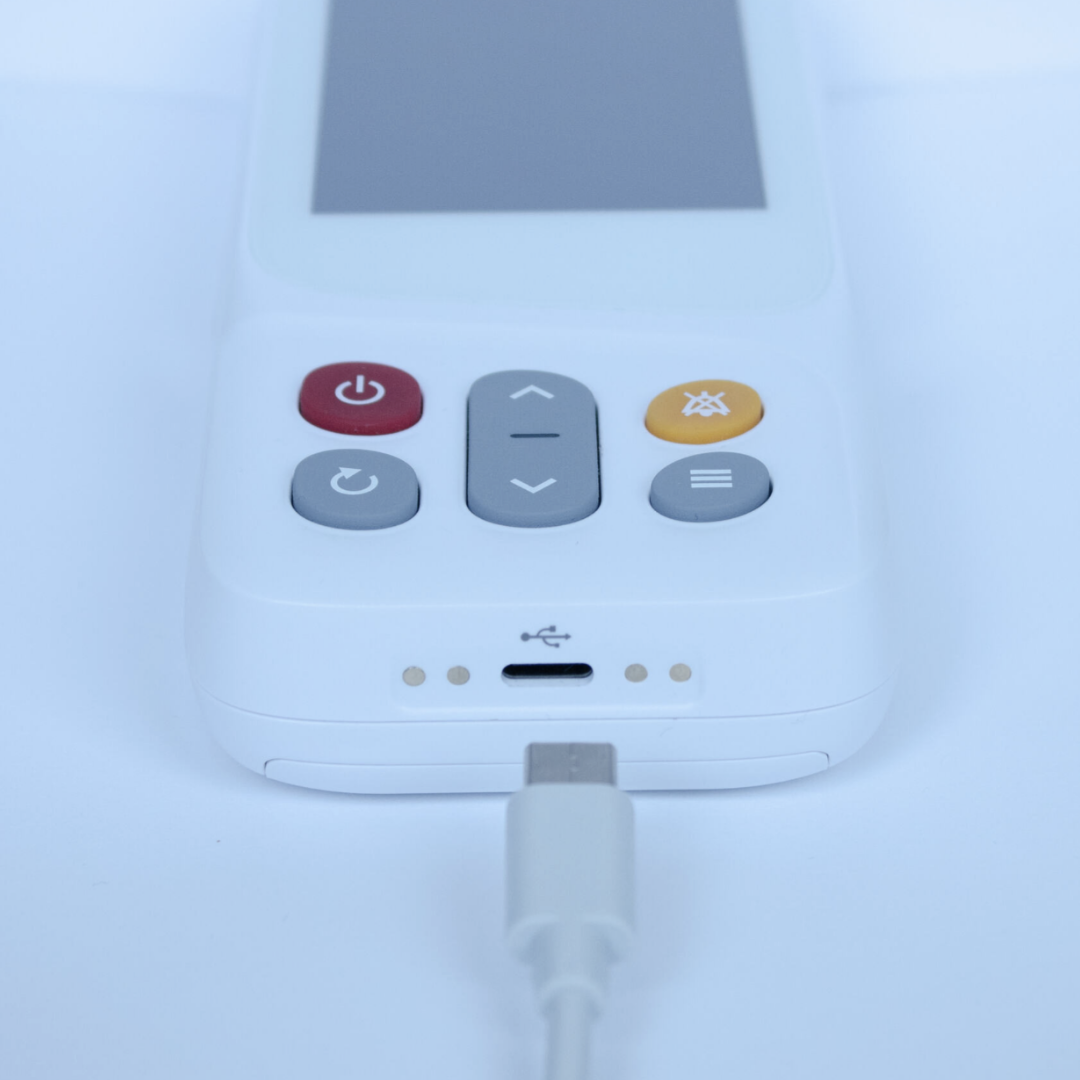
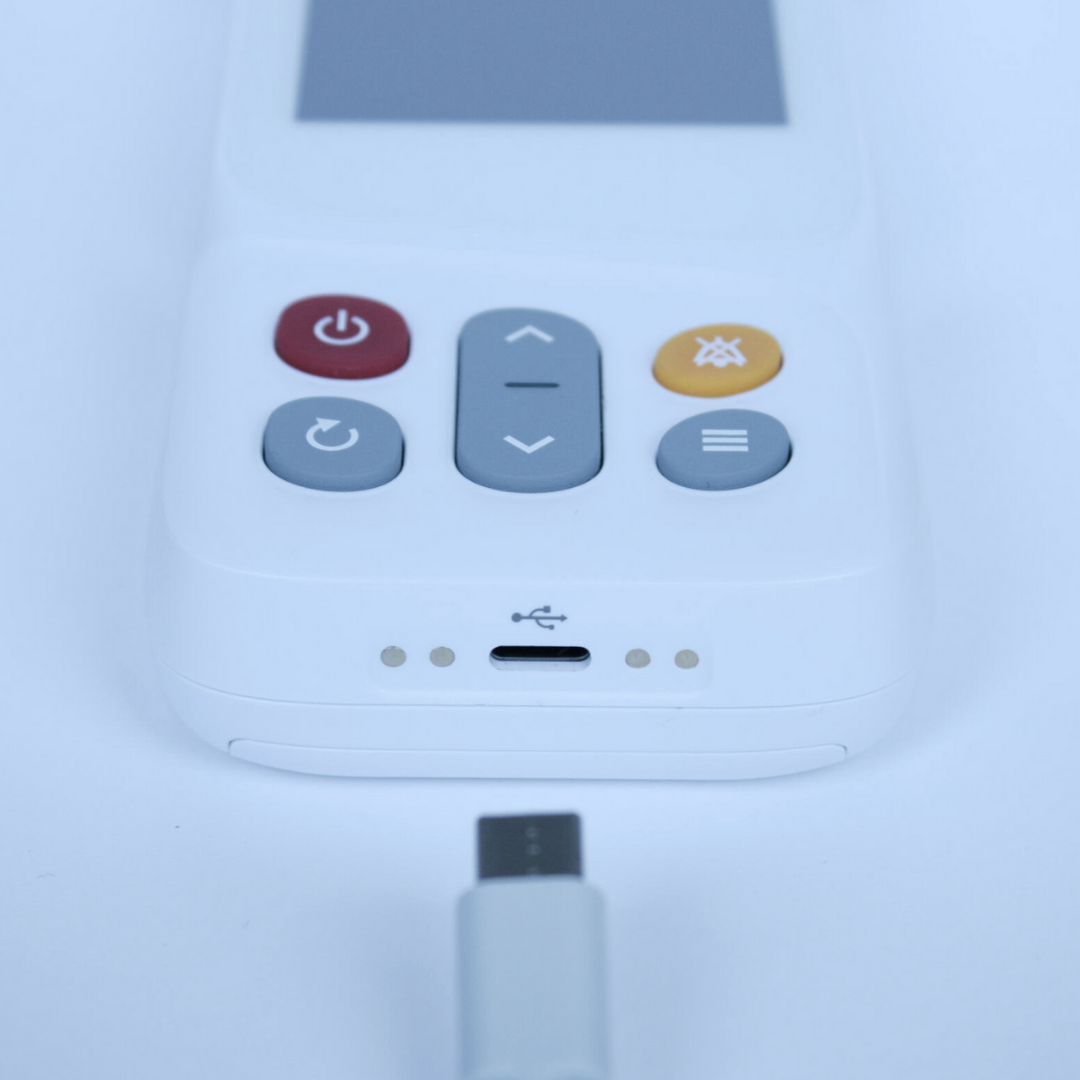
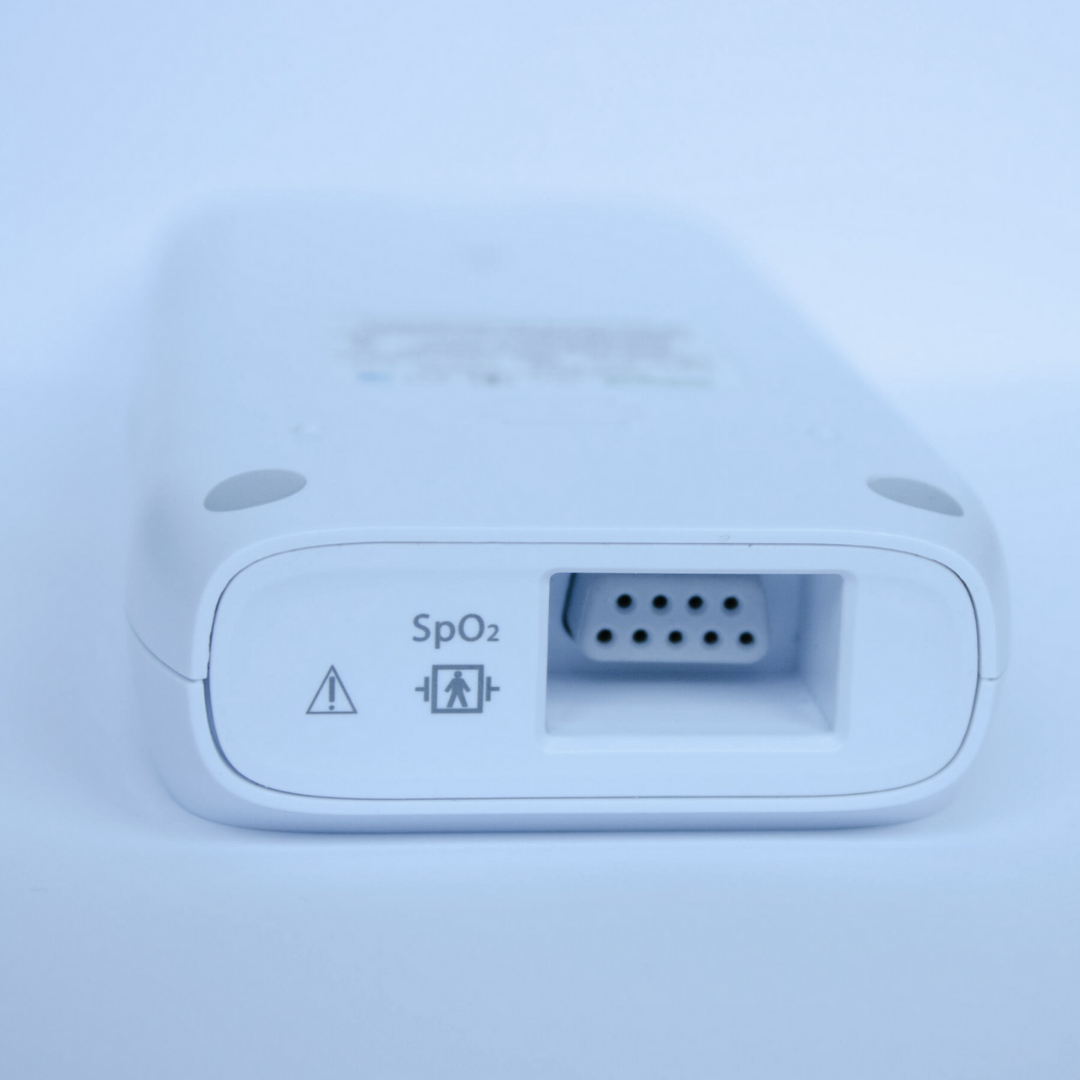
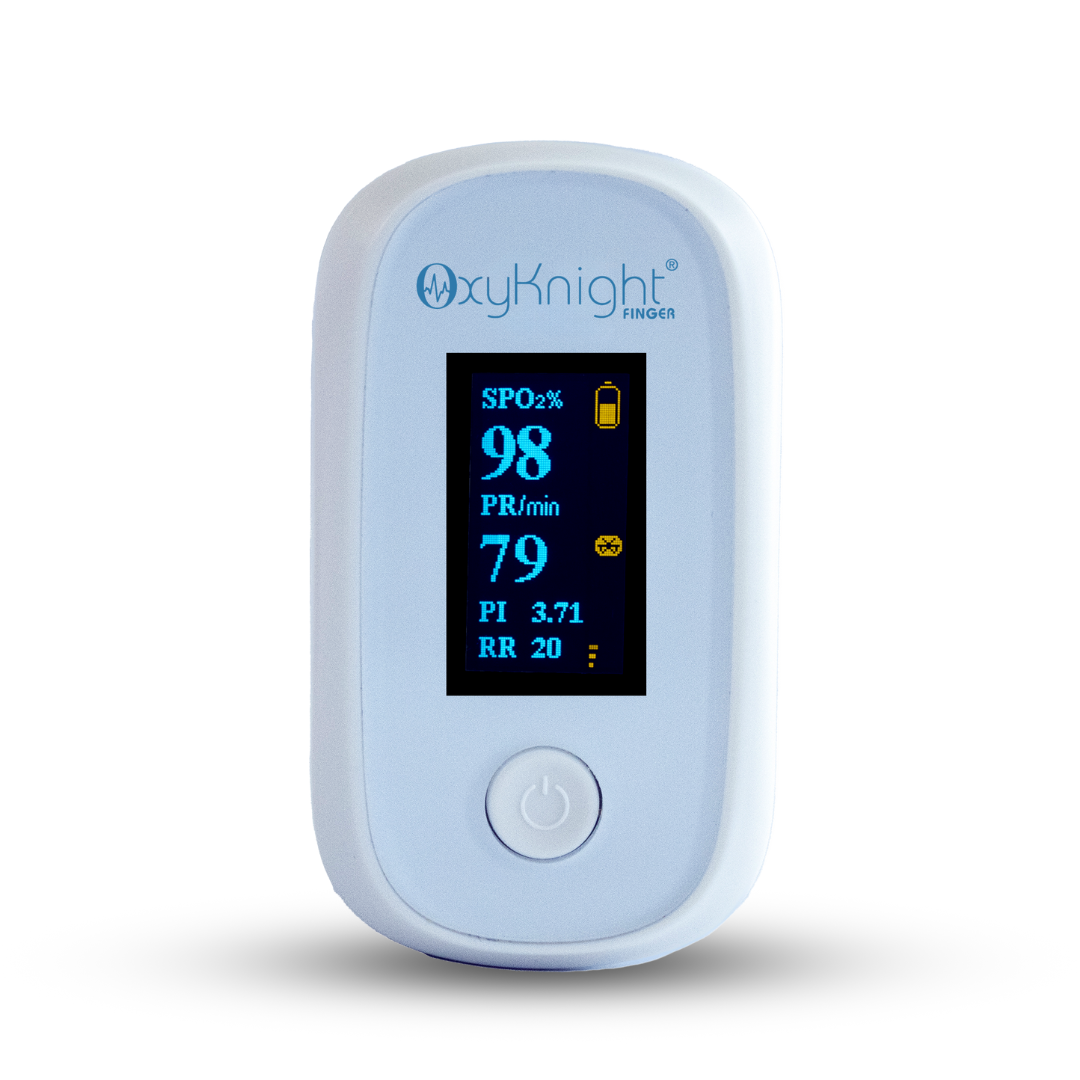
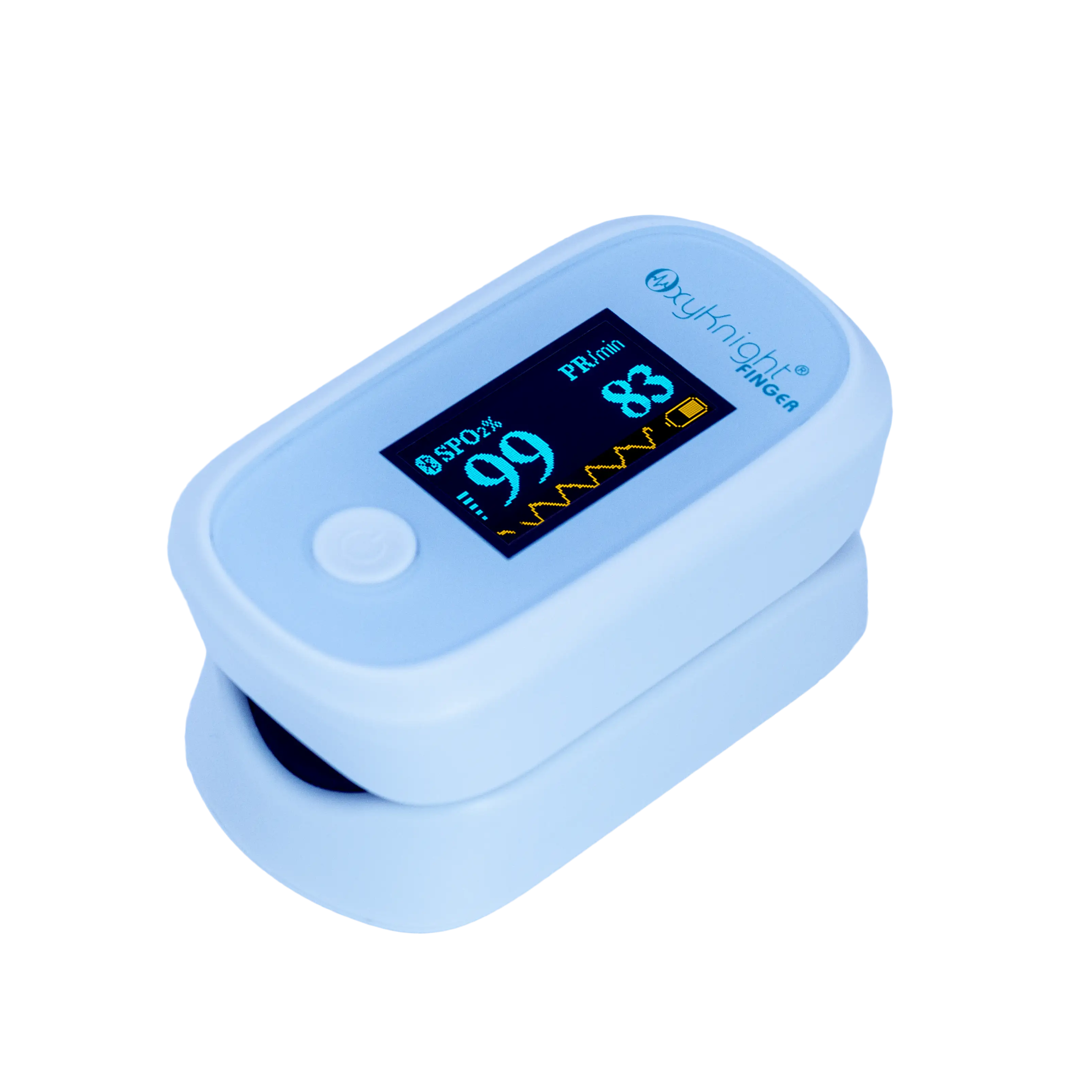
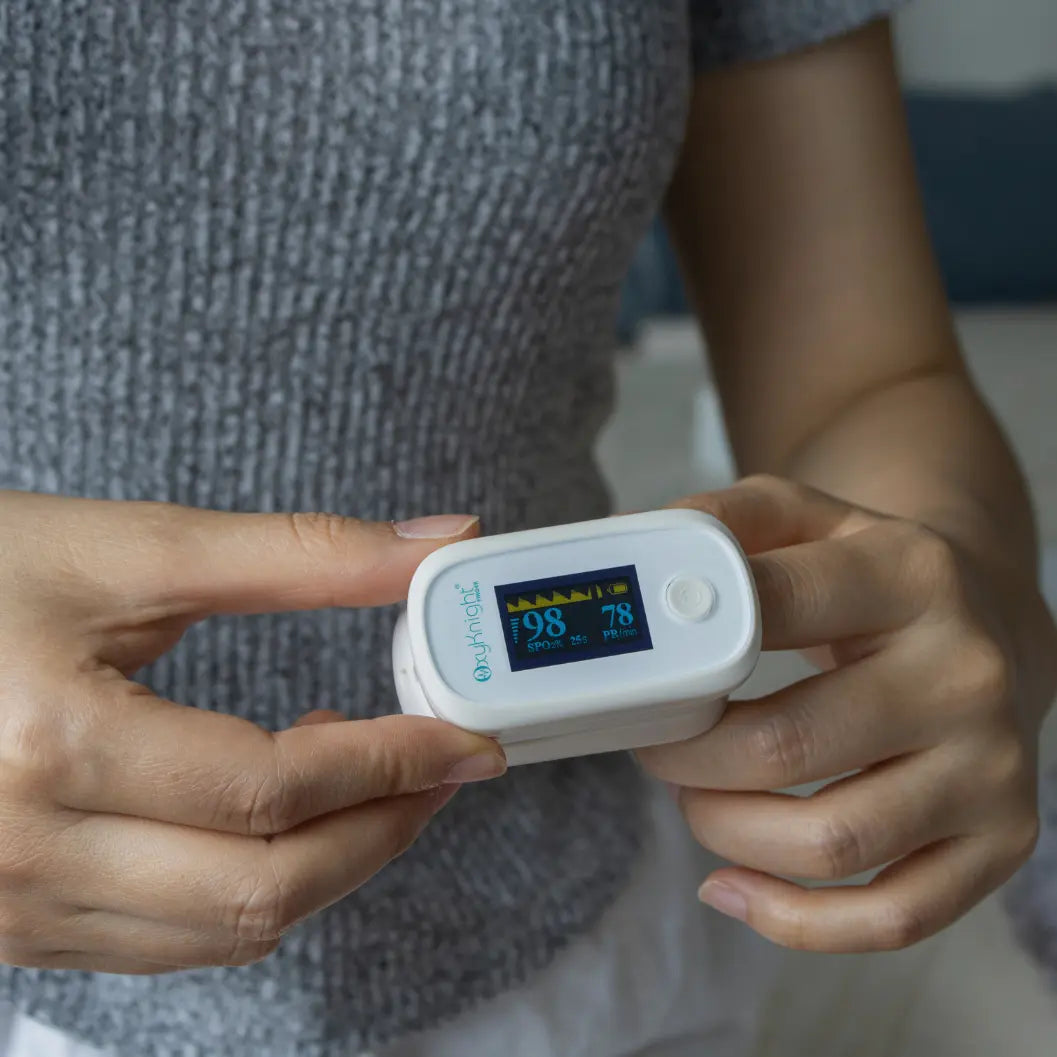
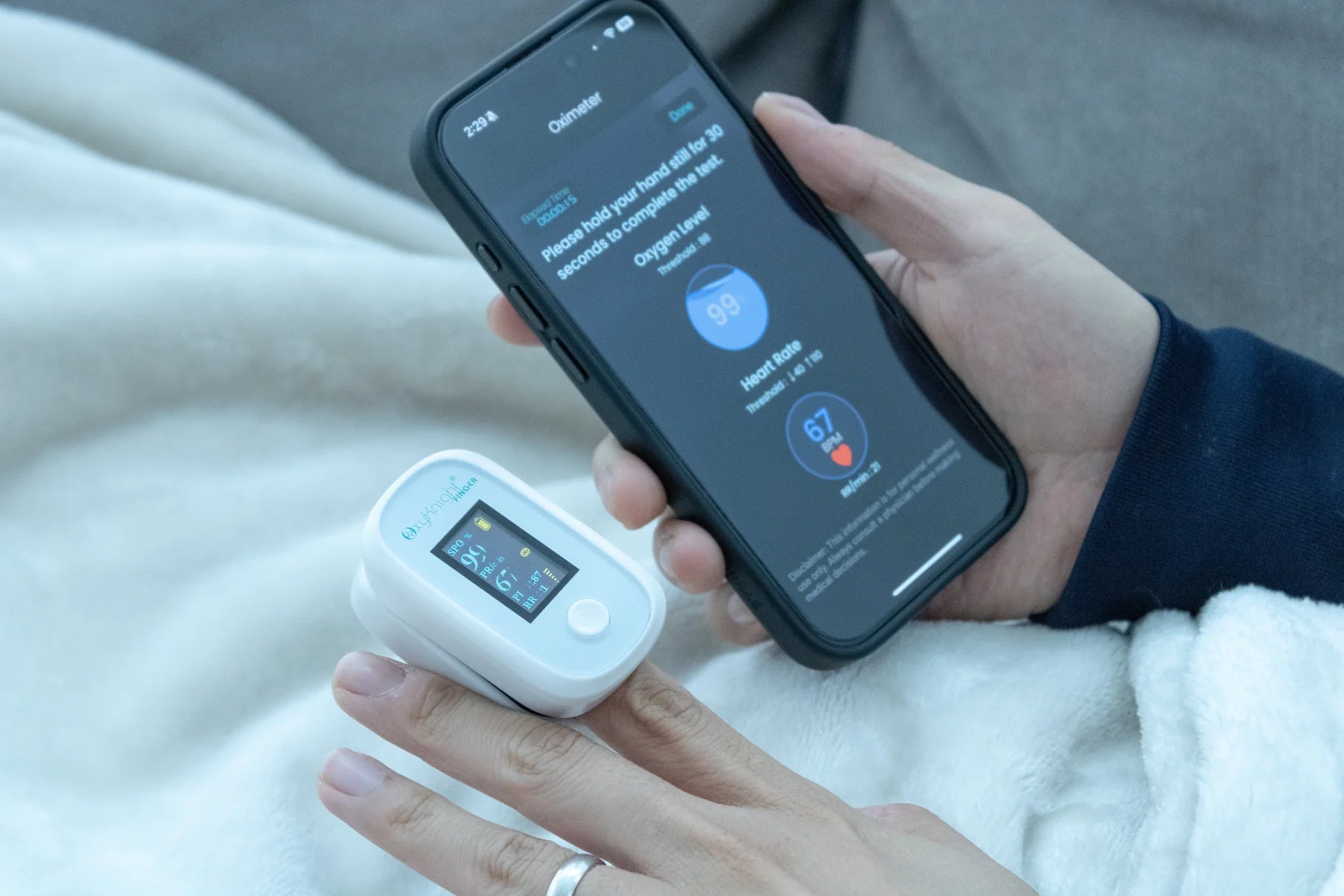
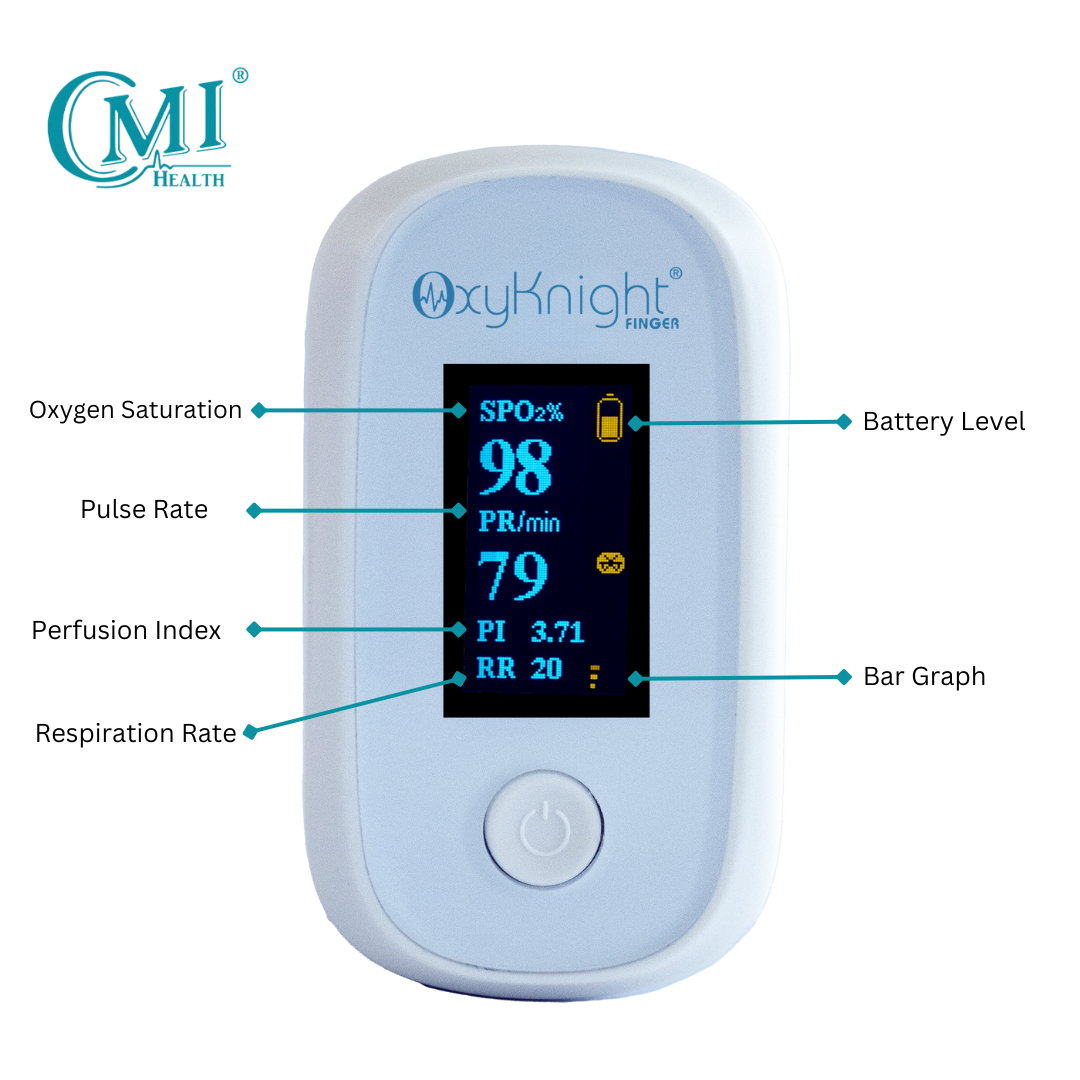
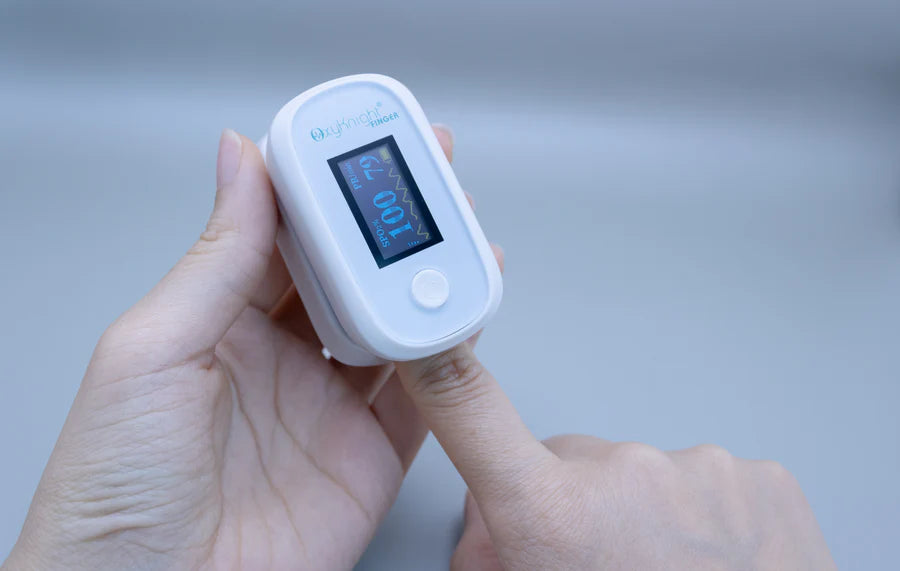
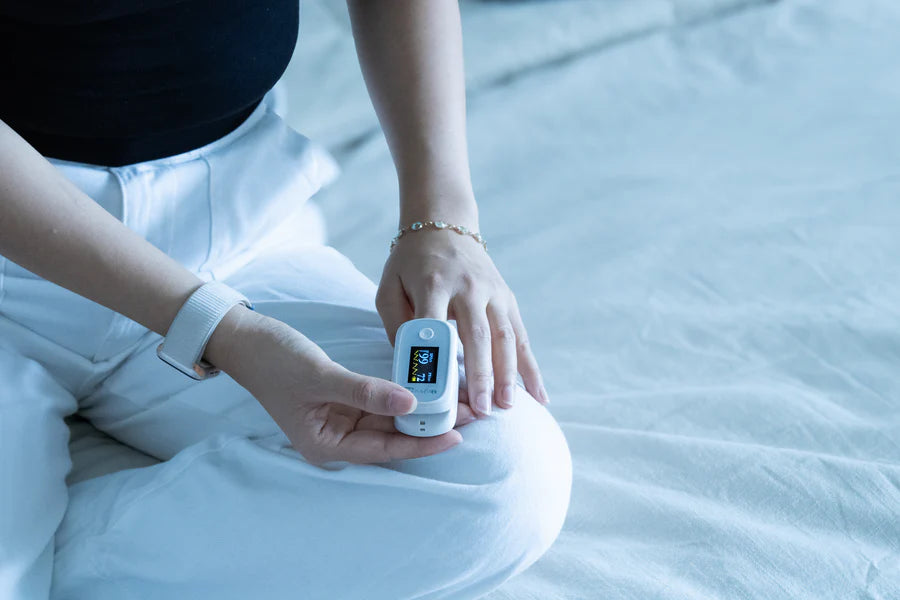
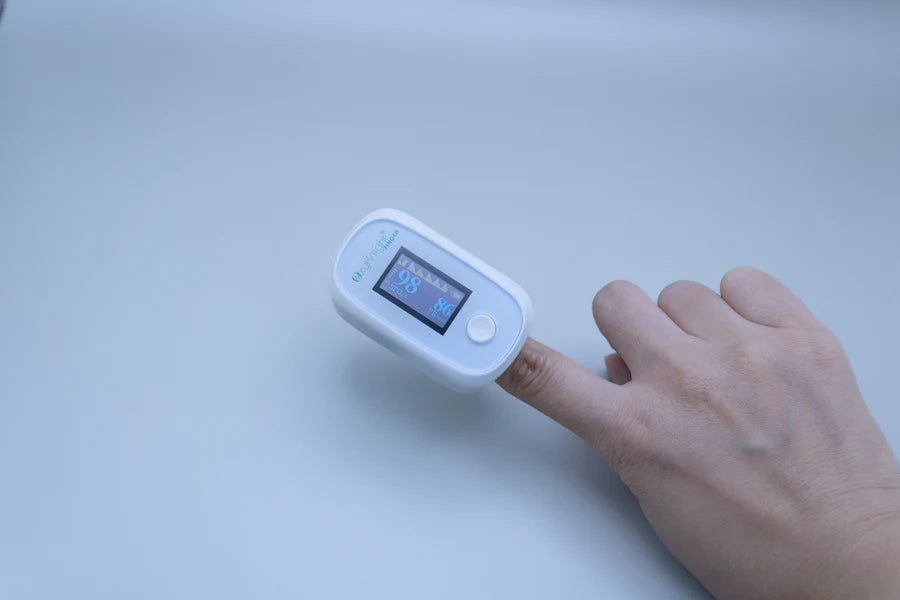
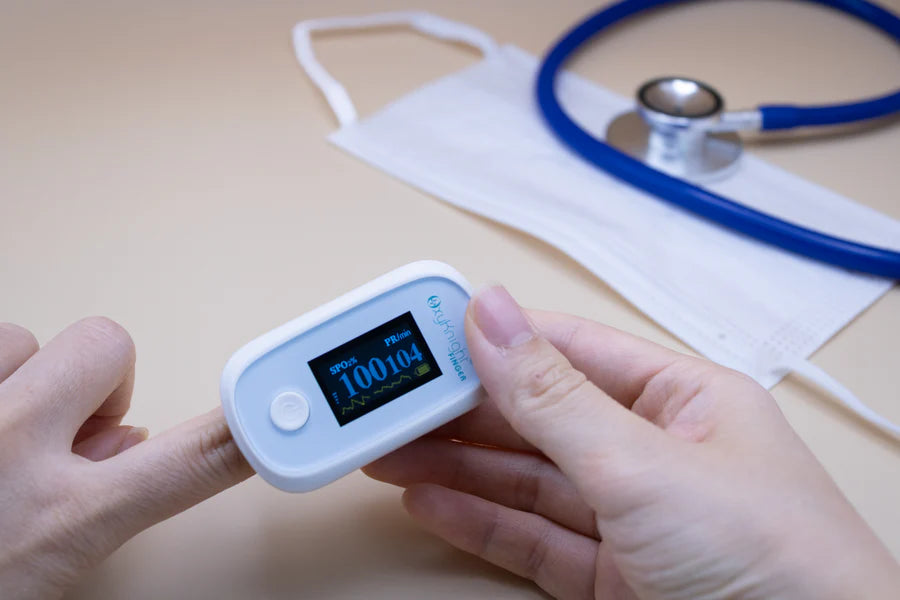
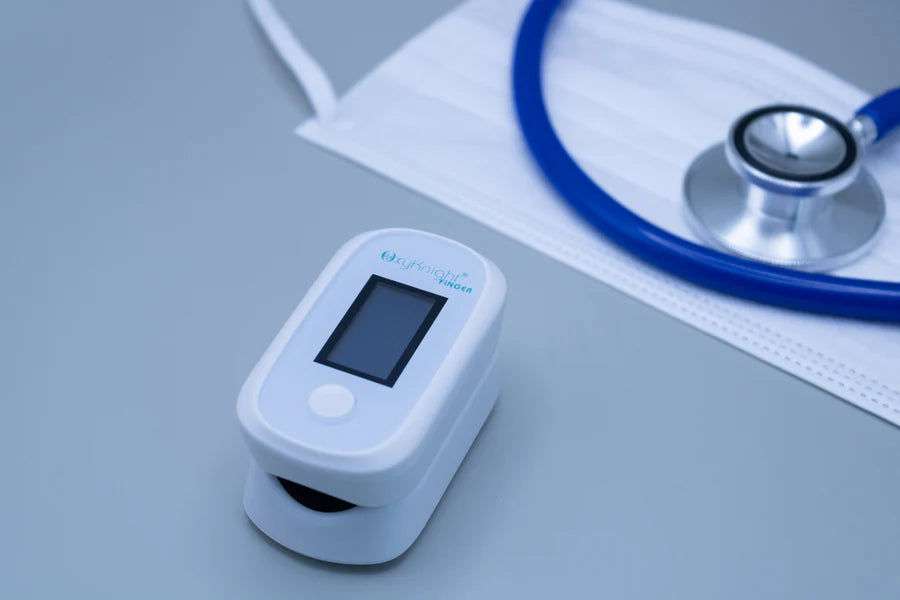



Leave a comment